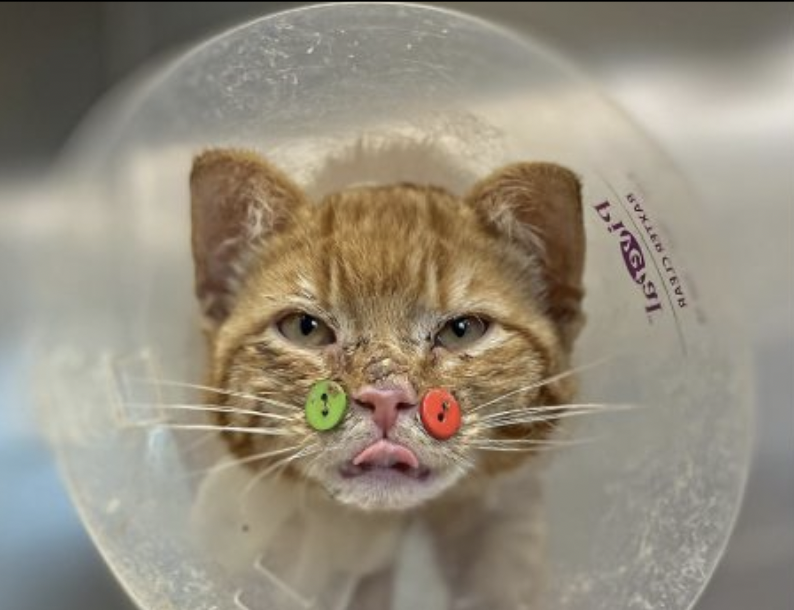
…skilled service…compassionate care
“Springtime is the land awakening. The March winds are the morning yawn.”
– Lewis Grizzard
March, March, March!
We’re at the beginning of another Spring, ever hopeful that life is re-opening after the challenges of the pandemic and anxious to get back outside and breathe the fresh air. If we are lucky, we have a four-footed, furry friend to accompany us on our walks. This year, more than ever, because of our forced inactivity, before we rush out the door on our walks, be sure we are physically ready for the exercise. This means your dog too. Cats generally don’t want to take long walks with you, but they need exercise as well. A healthy weight for both dogs and cats is important for your pets.
Frequent Health Challenges for Obese Pets
- Osteoarthritis
- Respiratory diseases
- Type 2 diabetes
- Shorter life span
- Heart disease
Slowly increase your pet’s exercise, and if necessary, reduce the amount of food you feed. Remember, treats count! You can use part of the daily food amount as treats.
If you notice that your pet may have a joint injury or is limping, discontinue the exercise and contact us to have the doctor assess the injury and recommend treatment. At that appointment, the doctor will identify your pet’s overall health status, ideal weight, and determine the correct type and amount of food to feed. Here is information to get your pets up and out appropriately.
Pet Exercise and Enrichment Guidance
Dogs – walk five days a week, if possible:
Week 1 – 30 min total; ten brisk paces; 20 casual
Week 2 – 30 min total; 15 brisk paces; 15 casual
Week 3 – 30 min total; 20 brisk paces; 10 casual
Week 4 – 35 – 45 min total; 30 brisk; 5-10 casual
Week 5+ 35 – 60 min; two 20 – 30 min walks per day 15-25 min brisk; 5 min casual
Cats – regularly increase playtime. Keep your cat mentally stimulated with fun things to do. For information go to: https://www.catscratching.com/articles/tips-for-keeping-your-indoor-cat-mentally-stimulated. More ideas at: https://www.preventivevet.com.
Proper Pet Nutrition
We are asked regularly, how do I know which food is the best food to feed my pet? The easy answer is, pets need a diet that meets their nutritional needs for their stage in life. The Pet Nutrition Alliance states, “Dogs and cats need over 30 essential nutrients including protein, essential amino acids, essential fatty acids, and vitamins and minerals. The goal is to feed the pet such that when caloric needs are met, all essential nutrients are consumed (complete) in the proper amount and ratios (balanced). This is referred to as “complete and balanced nutrition”.
Tufts University Cummings School of Veterinary Medicine recommends reading the Statement of Nutritional Adequacy by the Association of American Feed Control Officials (AAFCO), which should say something like, “Animal feeding tests using AAFCO procedures substantiate that X food provides complete and balanced nutrition…” or “X food is formulated to meet AAFCO nutrient profiles.” AAFCO does not regulate, test, approve or certify pet foods in any way. It establishes the minimum nutritional standards for complete and balanced pet foods, and it is the pet food company’s responsibility to formulate their products according to the appropriate AAFCO standard.
Feed the food that is designed to meet the needs of your pet’s life stage. For example, puppies need food that will help them grow and thrive; foods with higher protein. Check the food label for food for puppies. Pet foods that are labeled, for all stages of a pet’s life, means that the food is designed to meet the nutritional needs of puppies. Older dogs require different nutrition levels than puppies. They need lower protein and fats. Feed older dogs’ foods that are developed for older dogs.
You can then estimate your dog’s caloric needs by using the calculator at https://petnutritionalliance.org/. Ideally, your pet food manufacturer should have a nutritionist on staff. If you have concerns about the dietary health of your pet and want to dig into pet nutrition, please consider having a consultation with a veterinary nutritionist. Go to https://acvn.org/nutrition-consults/.
ROO’S NEWS!
by assistant editor, Roo, aka, Super Searcher With a Nose for News.
I search for great stories to share with you and these two earn four-paws for kindness and super animal care.
Puppy Rescued from Frozen Detroit River
This international story captured the hearts of dog lovers in Canada and the United States. The Associated Press reported that after being chased by a coyote and spending four frigid days on or along the Detroit River, groups from the LaSalle Fire Services in Ontario, BASF Corp, J&J Marine in Ontario, and other local organizations, the approximately one-year-old dog was rescued and taken for veterinary care. The pup is recovering from frostbite to his paws, dehydration, and pancreatitis.
Just a note of caution. We don’t live in such wintry weather, but we do go to the mountains to play in the snow. If your dog plays with you, take precautions to protect their paws from ice build-up, anti-freeze or de-icing salt ingestion, and dehydration; inspect them carefully. If you suspect your pet has ingested anti-freeze, even a tablespoon, take him to an emergency hospital immediately. Wash their paws in clean, warm water if you think they may have been in de-icing salt on the walks or roadways. Then snuggle by the fire together.
 Button-Face Kitty:
Button-Face Kitty:
The Boston Herald reported that this seven-month-old kitty named, “Juicebox”, not “Buttons” as one might think, was treated at the Massachusetts SPCA – Angell in Jamaica Plain, after she was attacked by the family dog. There were serious facial injuries including multiple jaw fractures. His treatment included four plastic buttons on his face – two on his cheeks and two below his chin. The hospital’s dentistry team used the buttons to hold sutures in place and stabilize his jaw. They will be removed in about four to six weeks.
Update! The MSPCA announced recently that Juicebox had his buttons removed and was “healing well.”
Special March Days to Remember:
Respect Your Cat Day – March 28. My feline friends lobbied me to add this day to the list. It is very important to respect your cat on this day and every day. The ways to show your respect are to take good care of your cat. Of course, we know a great doctor for them to see!
If you are a new kitty owner, it is important to learn how to hold, handle, and pick up your cat. It is important to brush them, train them to use the litter box, trim their nails, and keep them from getting bored. A bored cat is not a happy cat. Check out the enrichment guidance provided above. Have fun with your cat.
St. Patrick’s Day – March 17. This day is celebrated around the world by Irish folks, and non-Irish alike. It is reported to be the day St. Patrick died. He is regarded as the patron Saint of Ireland and is credited with driving the snakes from Ireland. Many traditions and stories have arisen around St. Patrick, but most people just use it to celebrate their Irish heritage.

